1 A trip down memory lane: between 1997 and 2000, I travelled around the globe with Puck, my Yamaha Ténéré. Here I‘m preparing dinner in the Australian outback. Oh, how much younger we were then!
1 A trip down memory lane: between 1997 and 2000, I travelled around the globe with Puck, my Yamaha Ténéré. Here I‘m preparing dinner in the Australian outback. Oh, how much younger we were then!
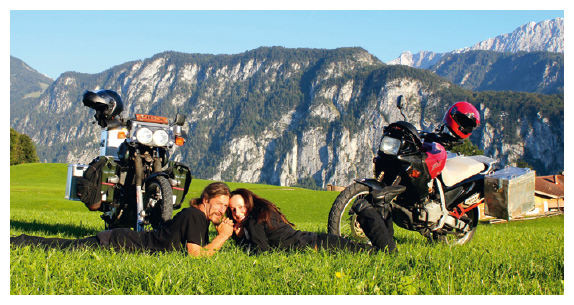
2 Can Puck repeat the feat? My partner Laura and her BMW Pixie are joining me this time. We leave Germany for Australia in 2012.
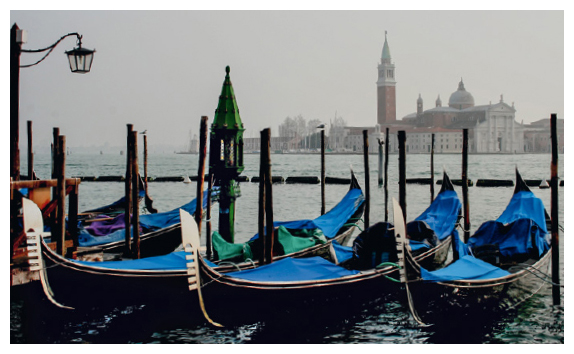
3 First, we head to Italy, Laura’s home country.
4 It’s all very well to travel to distant places, but that doesn’t mean we should close our eyes to what’s directly on our doorstep. Italy contains some of the most splendid architecture in the world, especially in Liguria, where “bella Italia” is very bella indeed.
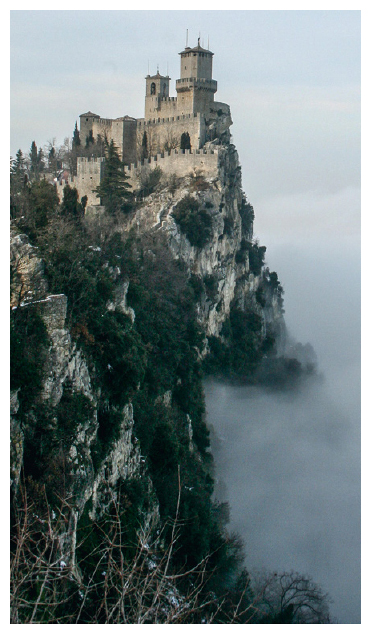
5 Proof that size doesn’t matter: the micro-nation of San Marino covers an area of only 61 square kilometres, but look at the amazing views!
6 Croatia. Mount the saddle, turn the ignition, start the engine. You head out to the coast road, windswept mountains to your left, the glistening blue sea to your right. Beyond, in the distance, is the open horizon. Isn’t motorcycling wonderful?
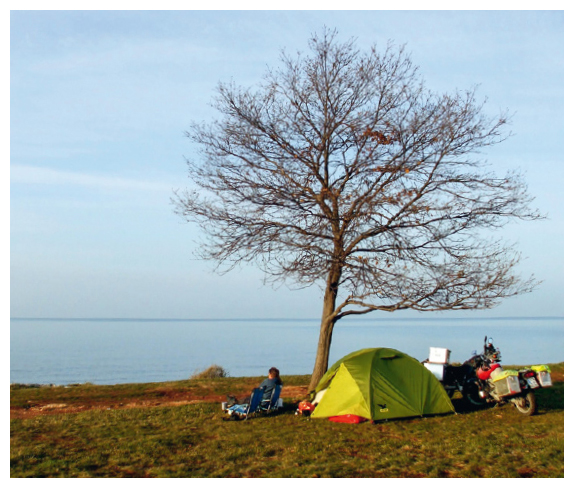
7 Contrary to what many believe, locating a pristine site to pitch your tent free of charge is easy throughout all of Europe – you just need to know where to look. Tonight’s pick is a grassy meadow on the Dalmatian shoreline.
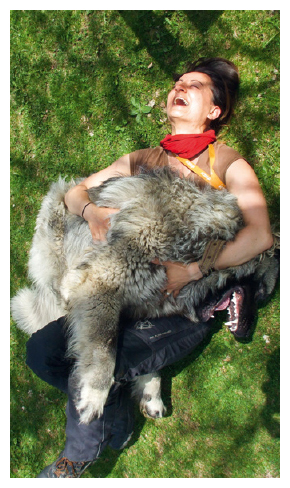
9 Laura and I both share a deep love for dogs, and the bigger, the better!
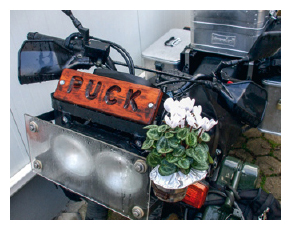
10 My blossoming cyclamen “Thor”. Shouldn’t every motorcyclist have a flowerpot on his handlebars?
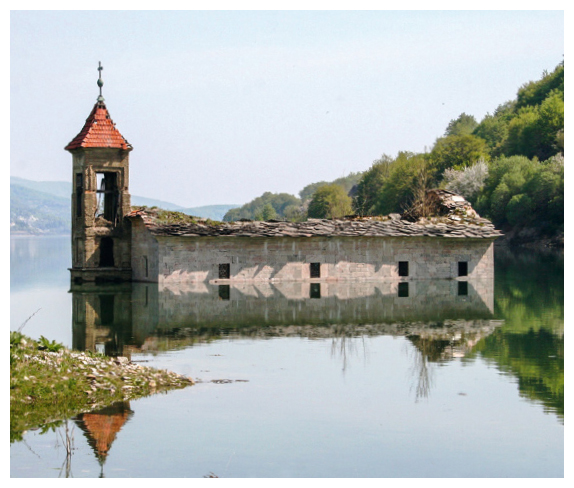
12 The St Nicholas Church semi-submerged in Lake Mavrovo, Macedonia.
13 The Greek capital of Athens seen from the Acropolis. The European sovereign debt crisis, along with various austerity measures, has had a huge impact upon the country. People are despairing over unemployment, bankruptcies and loan defaults.
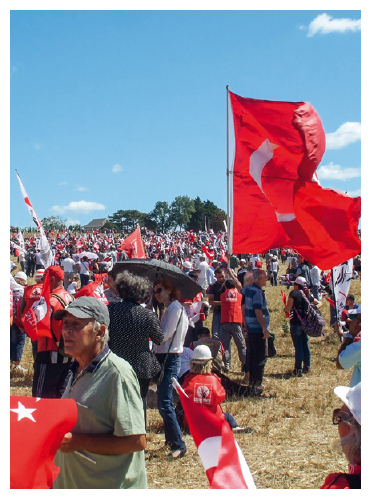
14 In neighbouring Turkey, not all is well. Nationwide demonstrations protest against Prime Minister Erdogan‘s policies. His conservative-Islamist agenda has been progressively curtailing many democratic freedoms. We witness one such protest in Silivri, where 50,000 gathered.
15 In the bustling city of Istanbul, every excursion is a stroll through the centuries. This is the western periphery of the Muslim world, the bridge between Orient and Occident and the place where you can find the best baklava.
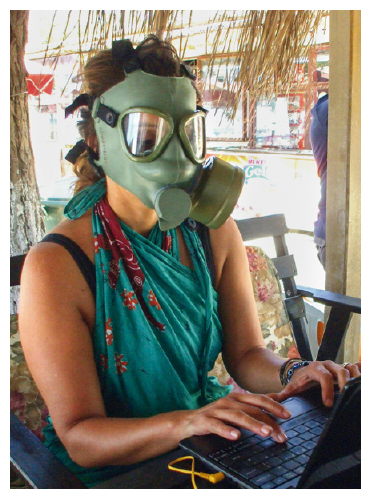
16 When the riot police fire tear gas into the crowds during a protest Laura dons a gasmask so she can continue to report the unfolding of events “live”.
17 Our arrival in Georgia coincides with our “one year on the road” celebrations. We’ve driven 13,000 kilometres and crossed 14 countries so far – which works out to 35 kilometres (and 616 metres) per day on average. I’d say that’s fast enough!
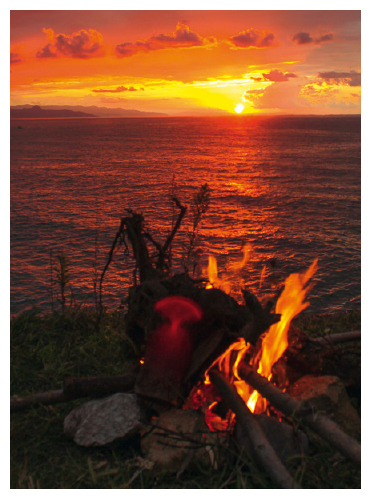
18 No wild campsite is complete without a fire. On our last night on the Black Sea, we find an idyllic spot to watch the sunset. Tomorrow, it’s all uphill: our road ascends into the Caucasus Mountains.
19 Serpentine tracks wind their way deep into Europe’s highest mountain range. The loftiest summit of the Caucasus is Elbrus, a 5,642-metre dormant volcano. Soon we’re above the tree line in the Upper Svaneti region of Georgia.
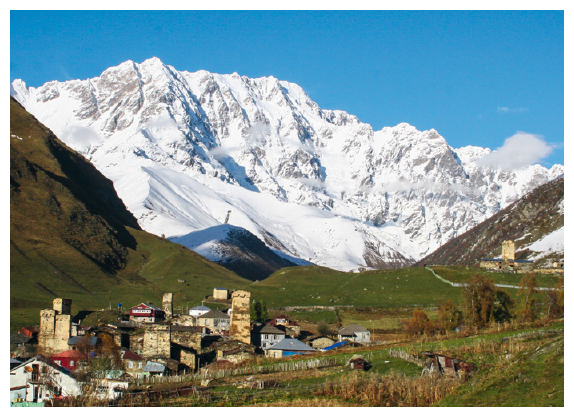
20 Isolated Svan villages lie in the deep shadows of these snow-capped giants. Many travel-polls rate Georgia as the most beautiful country on Earth … and I wouldn’t disagree!
21 Perched atop nearly every hill are citadels and koshkebi (towers). These are 20-metre high defensive fortifications with entrances only accessible via ladders. Nearly 1,000 years old and made entirely of stone, they resemble Jenga blocks stacked by daring masons. Upper Svaneti was never conquered by invading forces.
22 The topography becomes increasingly vertical and the vegetation more sparse, the farther we head up from the valley. Eventually we reach the snow line in Ushguli, Europe’s highest village at 2,120 metres. Ahead of us is the Zagari Pass – but can we cross it with our motorbikes? The snow is ankle deep and the temperature −8°C.
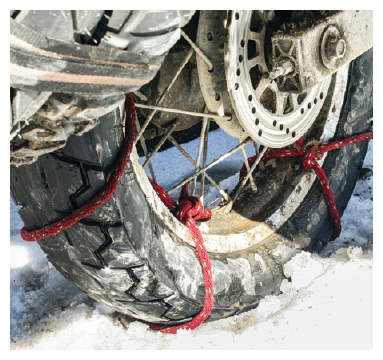
23 We have sufficient traction to plough though snowdrifts blocking our path.
24 Do you remember Grimm’s fairy tale, the “The Town Musicians of Bremen”? Here’s the real-life Georgian equivalent.

25 The region of Qobustan in Azerbaijan is geologically very active: more than 400 mud volcanoes bubble, fart and occasionally erupt in massive explosions.
26 Churchkhela, seen hanging in a shop front, are walnuts in a sugary grape juice coating, colloquially known as “Georgian Snickers bars”.
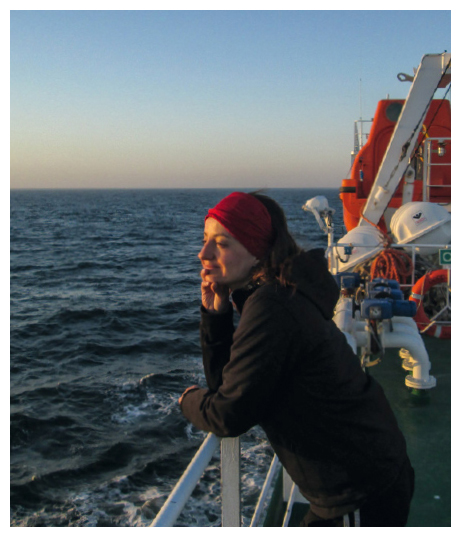
27 Finally we arrive at the Caspian Sea, where we board the ferry from Baku to Kazakhstan.
28 In Kazakhstan, we cross the Mangystau Desert. We greatly enjoy the remoteness, even though we need a week to cover 600 kilometres. A freak storm turns the track into sludge, and our tyres are soon encased with a thick layer of wet clay. Ride, slide, stop, clean. Ride, slide, stop, clean … again and again, every few hundred metres.
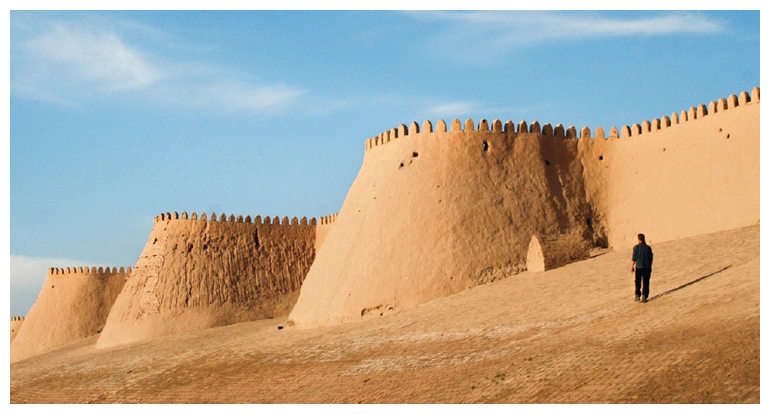
29 The fabled city of Khiva in Uzbekistan with its fortified wall, built to ward off the assaults of invaders and protect from desert storms.
30 Laura, the camel-whisperer. In Uzbekistan, a high percentage of the population is humped; thousands of camels roam the arid plains.
31 In Bukhara and Samarkand, we admire the Islamic architecture with its domed roofs and turquoise tiles. Both cities are also famous for their pottery.
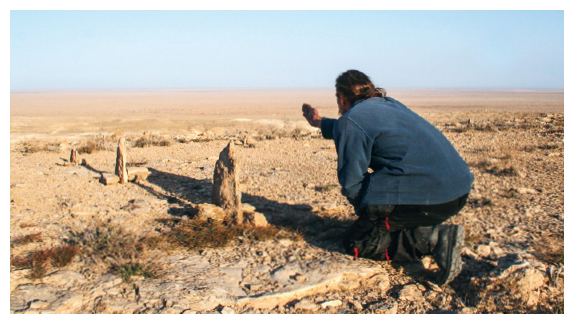
32 To find your way in a nearly featureless desert without a GPS (which I still refuse to purchase) requires a few old-fashioned orienteering skills.
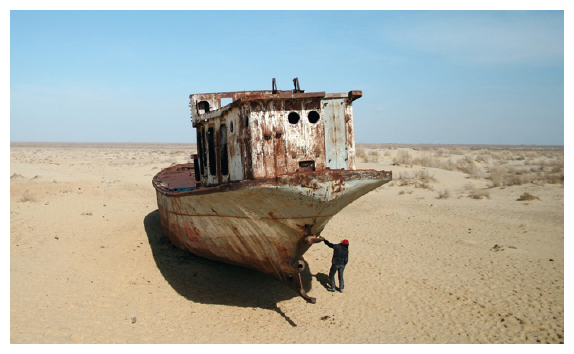
33 Behold: the Aral Sea! Or at least the little that’s left of it.
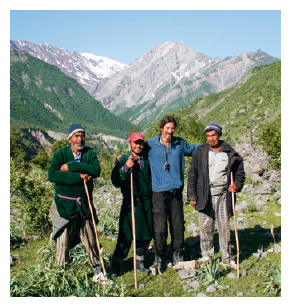
35 Shepherds in Tajikistan spot our tent and wander over for a friendly chat, while their sheep, goats and cows continue unaccompanied down the road.
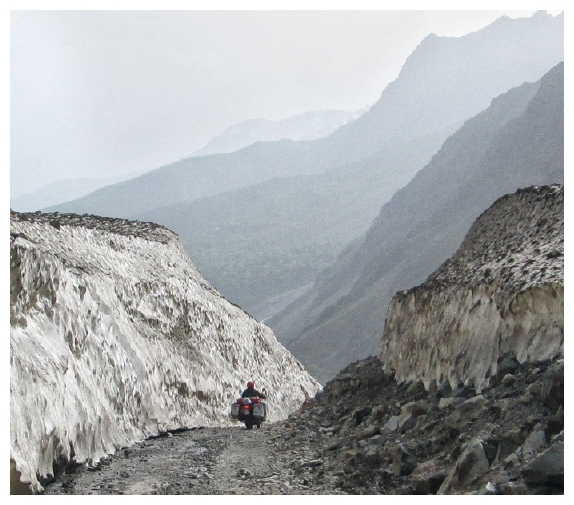
36 Nearly as famous as the Silk Road, one of its side-branches is the Pamir Highway in Tajikistan. Its reputation as one of our planet’s most scenic rides is well deserved.
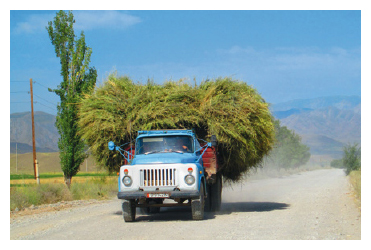
38 At these altitudes very little grows, and food must often be brought in from lower-lying fertile valleys, hundreds of kilometres away.
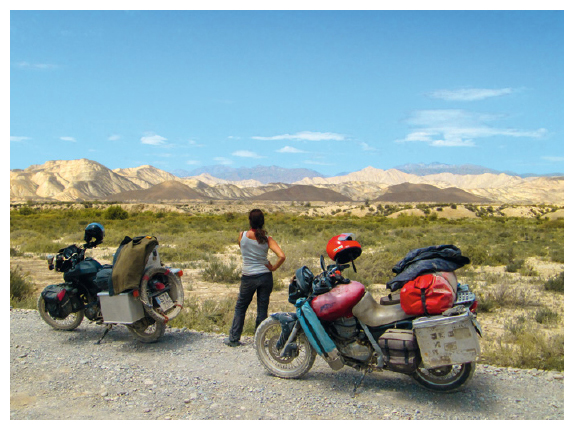
39 Summer has arrived in Naryn, Kyrgyzstan. Between ochre-coloured mountains, patches of green appear.
40 A typical bush-camp in the High Pamirs – without the bushes of course. Atop a 4,000-metre plateau, we are surrounded by barren deserts, dramatic peaks, glacial lakes and night-time skies with dazzlingly bright stars!
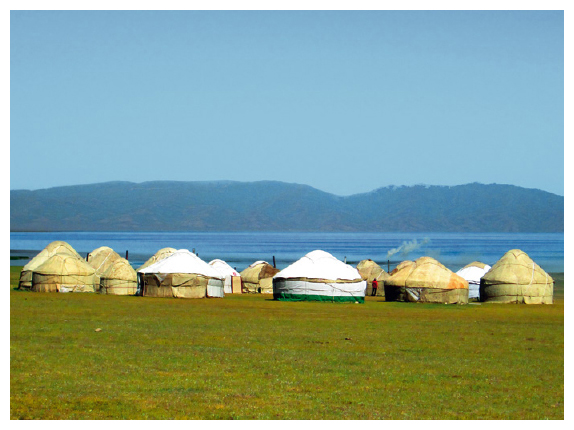
41 The grazing season lasts from May until September. Kyrgyz nomads drive their livestock to the high pastures and erect their yurts. These are at Lake Song-Kul.
42 Issyk-Kul in Kyrgyzstan is the second largest salt water lake in the world after the Caspian Sea. Laura and I seek out a quiet spot on the coastline to watch an approaching storm. We have now been two years on the road.
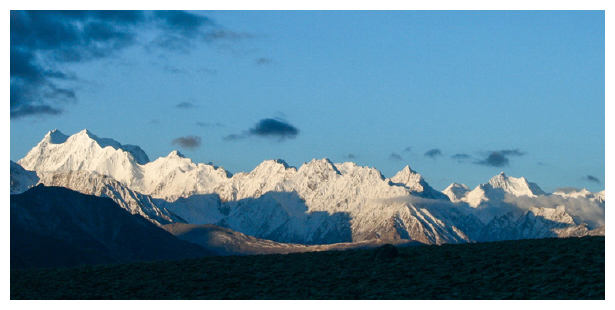
43 Behind this great wall of mountains lies China: we have permission to cross the country with our motorbikes without a guide. Over the next 60 days, we will need to cover 7,500 kilometres. Michael, a friend from Denmark, will join us.
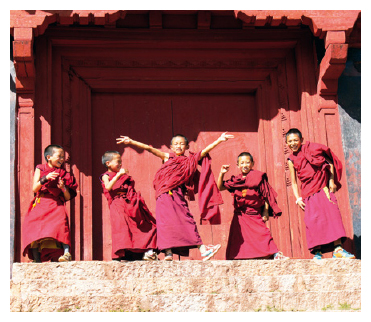
44 Our route leads over the Torugart Pass though Xinjiang and Qinghai Provinces onto the Tibetan Plateau. Novice monks at a Buddhist monastery welcome us with laughter and waves.
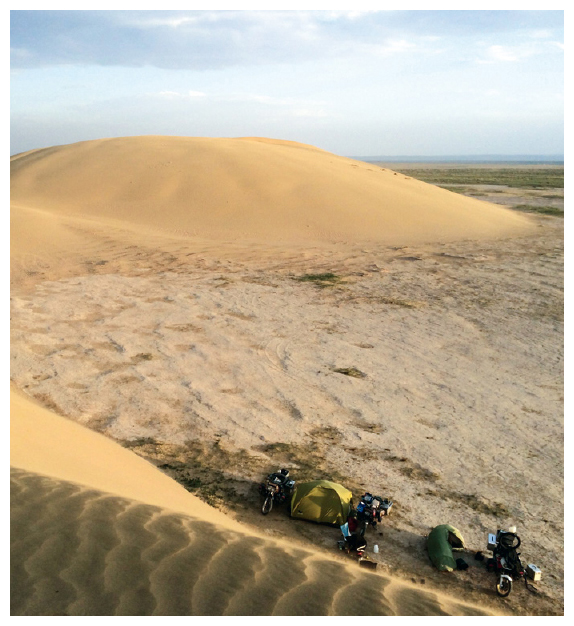
46 When we spot a sea of high dunes in the distance, we veer off the main road to set up our tents. Camping in China is brilliant!
47 Every mountain pass is decorated with lung ta (windhorses), Tibetan prayer flags in traditional colours.
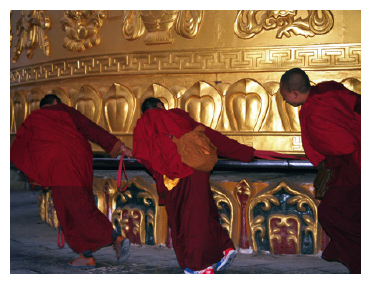
48 Walking clockwise around a large cylindrical prayer wheel, monks chant the mantra “Om mani padme hum”.
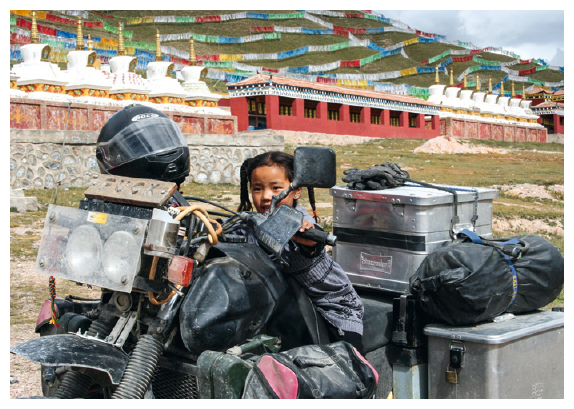
49 “Tashi Delek!” A future motorbike overlander!

51 Nature always speaks to us – often in a voice barely louder than the whisper of a falling autumn leaf, but occasionally, she booms out a mighty roar. The Yangtze drains off the Tibetan Plateau and slices through a 3,900-metre deep canyon known as Tiger Leaping Gorge.
52 The charming town of Shuhe in Yunnan Province with its maze of cobblestone alleyways. Beautifully restored, the historical centre is full of buildings with stunning woodwork and elegant courtyards.
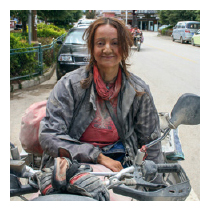
53 After a tough and dusty day’s ride, Laura needs a shower.
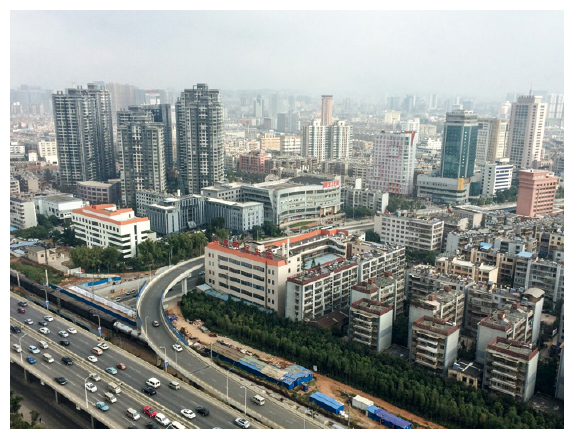
54 Yunnan Province’s capital, Kunming with a population of 6.5 million, is a medium-sized city by Chinese standards.
55 Although today Laos is firmly on the well-trodden tourist trail, peaceful getaways in the jungle can still be found.
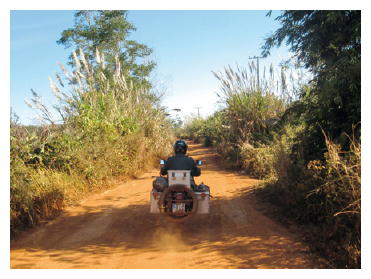
56 In 2015, all major towns in Laos are connected by good tarmac roads. However, to access more remote villages, a bit of offroading is necessary.
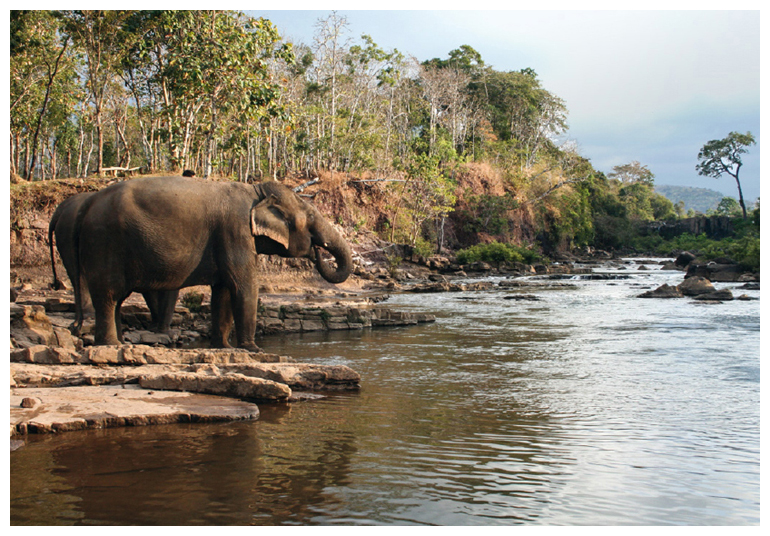
58 Up until the 18th century, Laos was called Lan Xang, the kingdom of one million elephants. Today, only 600–800 survive in the wild.
59 Hundreds of waterfalls tumble off the Bolaven Plateau in southern Laos. Every few kilometres a dirt track veers off the main road to a cataract prancing down multi-tiered terraces into lime-green pools. Laura and I take a refreshing dip at every opportunity.
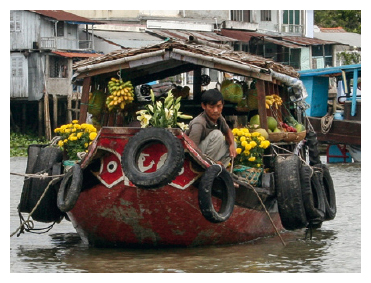
60 Floating markets exist throughout Southeast Asia.
61 An estimated 4,000 ancient temples can be found in Cambodia. Most were constructed during the height of the Khmer Empire at the behest of god-kings who ruled between the 9th and 15th century.
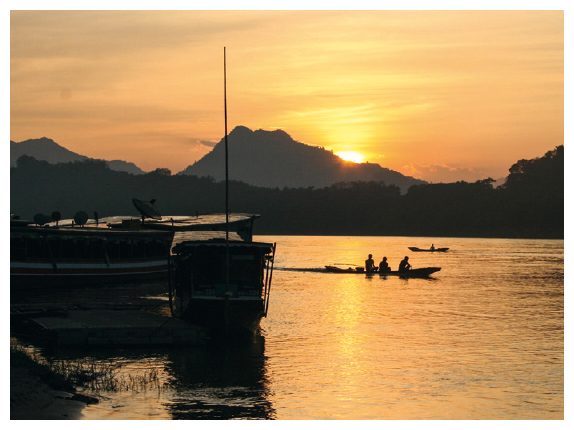
62 Sunset on the Mekong River.
63 Angkor Wat was the focal point of the Khmer capital of Angkor, a city home to possibly as many as one million people in the 12th century. London, by comparison, only had about 15,000 inhabitants at the time.
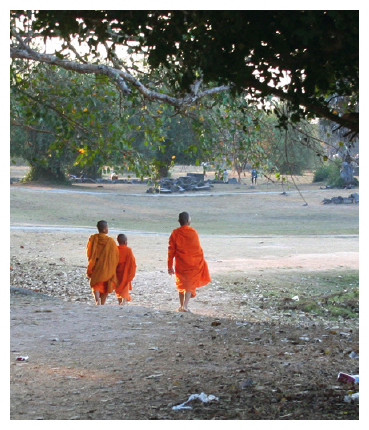
64 Orange-robed monks with food bowls emerge from the temples every morning to collect alms; what they are handed is their solitary meal of the day.
65 Pixie needs a doctor: after three years and 35,000 kilometres of riding, our motorbikes are showing signs of wear and tear.

66 Kep, on the Cambodian coast, is a sleepy village with fishing boats, a crab market and a string of waterfront shacks offering BBQ fish, squid on a stick and deep fried insects. The latter taste good – a bit like shrimp-flavoured crisps, only with legs.
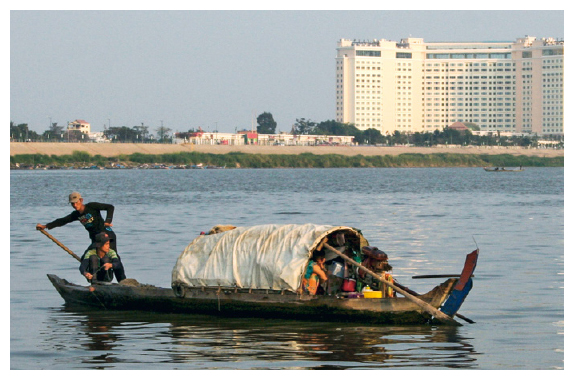
67 Phnom Penh, on the Tonlé Sap River, is a chaotic city, where luxurious hotels lie side by side with waterfront slums, whose inhabitants often eke out a meagre existence as fishermen.
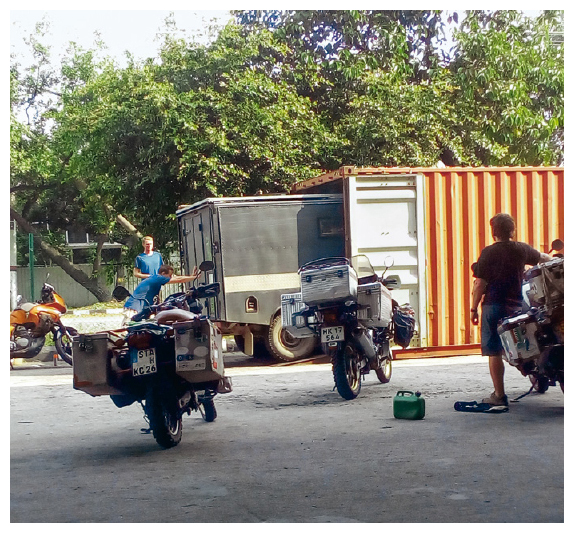
69 Will they all fit? Together with other overlanders, we squeeze a Land Rover and five motorcycles into one container to travel from Malaysia to Indonesia.
70 Indonesia consists of more than 18,000 islands, one of which is Sumatra, where we tackle an off-road track in the Barisian Mountains. There are a few hurdles: should we jump over or crawl under this tree?
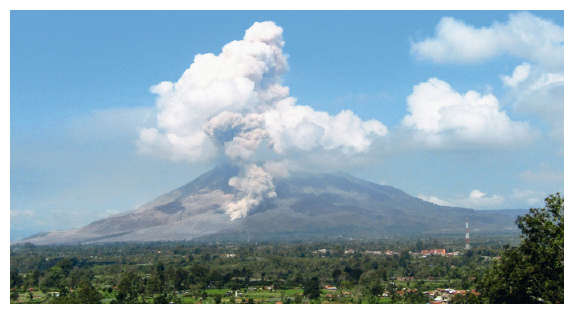
71 Every few hours Sinabung erupts and sends plumes of smoke a kilometre into the sky. It is one of nearly 150 active volcanoes in the Indonesian archipelago.
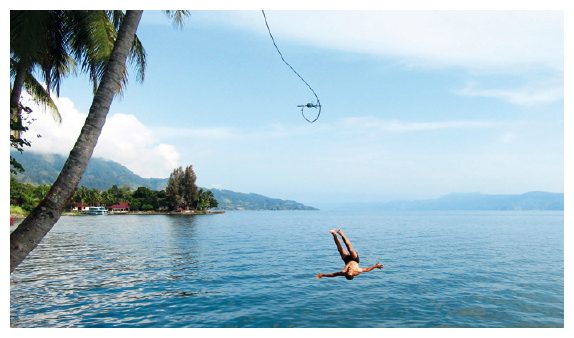
72 Swinging from palm trees at Lake Toba. Soon we’ll be jumping not only into the water, but onto a new continent. After four years of travelling, Australia is now just around the corner!